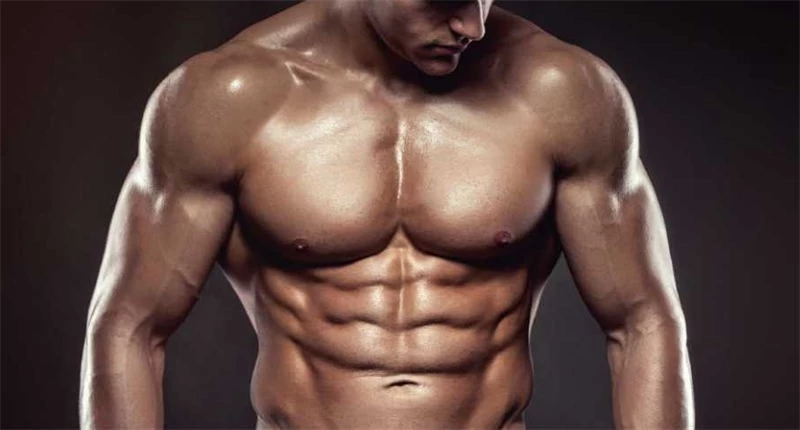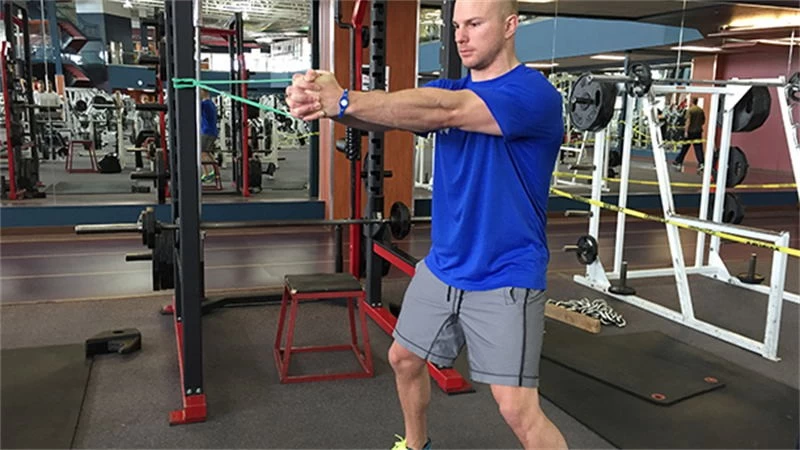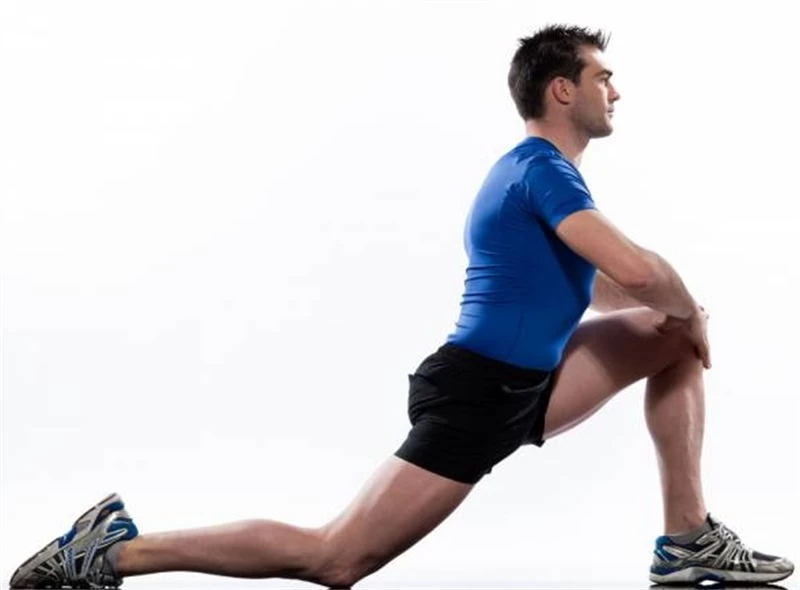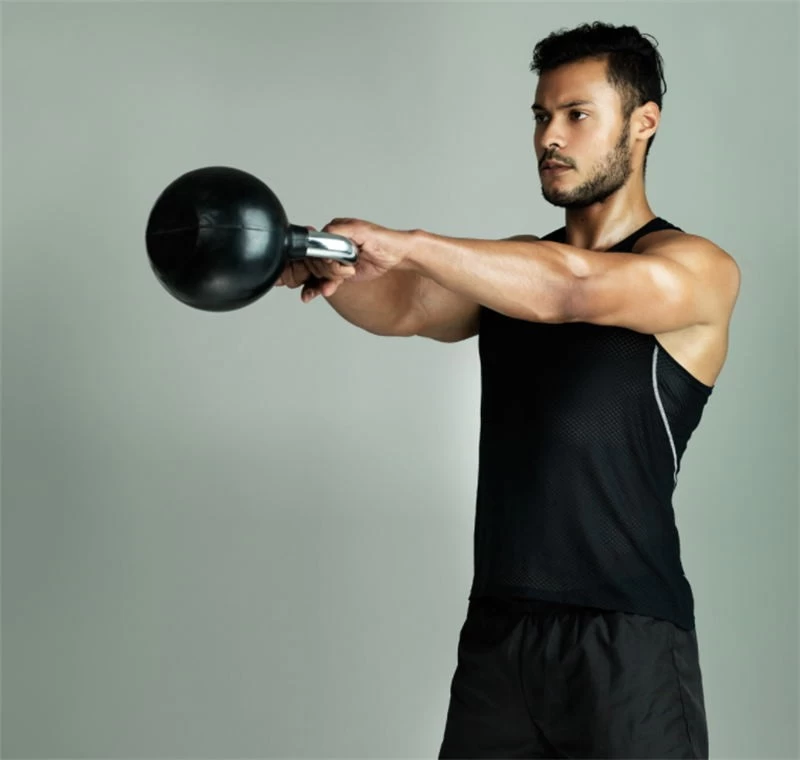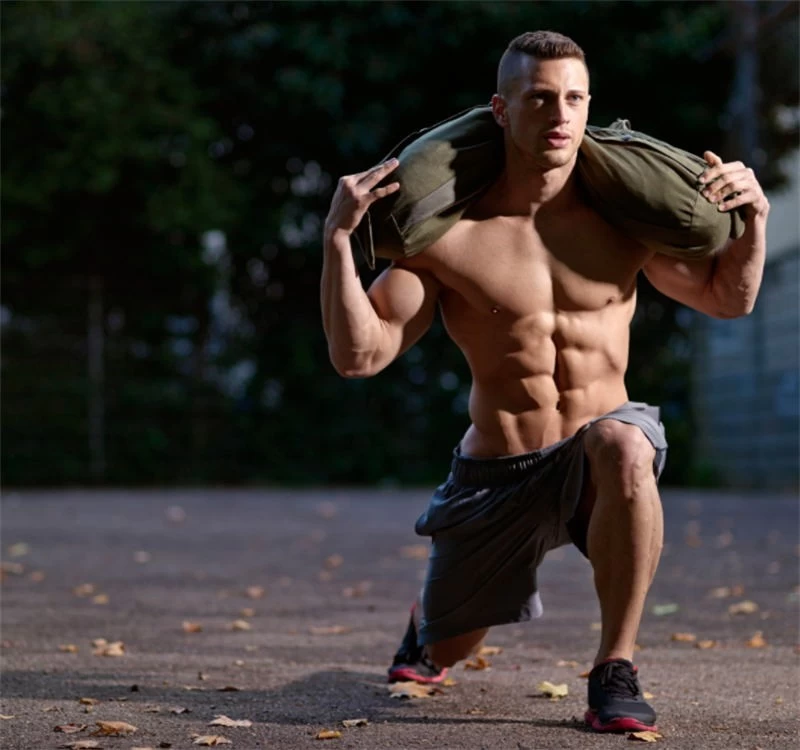There’s no shame in coveting six-pack abs. But on its own, a washboard won’t help you lunge for difficult holds on your next climbing project or efficiently power up a steep hill on Nordic skis.
This is because core strength refers to more than just the abdominals. The core includes all the muscles between your arms and legs—essentially everything in your torso. Having a strong core means being able to execute motions—say, lifting a bag of dog food—more efficiently by taking stress off your arms and legs. And it’s nearly impossible to build the sort of complex, interconnected core strength useful in real-world situations simply by hammering crunches while watching Stranger Things. You need supplemental strength training.
Rob Shaul, founder of a Institute in Jackson Hole, Wyoming, learned this the hard way. After a summer spent trail running and doing body-weight circuits, the personal strength and conditioning coach figured he was pretty strong. But when Shaul added weights back into his training, he found it difficult to lift anything heavy. He was strong in isolation but lacked the ability to make his core, arms, and legs work together.
It’s nearly impossible to build the sort of complex , interconnected cored strength that applies to real-world situations simply by doing crunch .
This revelation led Shaul to buck his existing core training theory—a variation of planks, bridges, and back extensions—for a new one, something he calls “chassis integrity.” “My experience last summer caused me to question three things about core training,” Shaul says. “Why are we doing so many ground equipment–based core exercises when in reality we use our core while standing? Why aren’t we training extension and rotation movement patterns since real life is dominated by these movements? And how can we train both strength and endurance beyond the standard round-and-rep format?”
Chassis integrity incorporates four foundational movements commonly employed in real life: anti-rotation, rotation, total body, and extension. Each is designed to work a specific group of muscles that will translate to on-mountain movements. By working these motions into his training programs for skiers, climbers, ultrarunners, and even kayakers, Shaul’s primary goal is to develop sport-specific routines that will translate to functional strength beyond the gym.
Below is a brief rundown of the philosophy behind each movement.
Anti-rotation
Anti-rotation refers to a twisting force that one must fight or stabilize against. Real-world examples include picking up something heavy using one hand, body belaying, or getting one of your ski poles caught in a tree while you’re still moving downhill. Specific exercise: one-sided dead lift.
Rotation
This involves moving a load across your body in a rotational manner. Unlike anti-rotation, you aren’t trying to stabilize against a force, but rather actively moving the load. A real-world example could be picking up a heavy pack and swinging it onto your back. Specific exercise: kneeling keg lift.
Extension
Extension refers to any movement or exercise that involves lower-back work—either dynamic movements, where you’re bending or twisting from the hip, or isometric movements, which refers to exercises that work the back without moving joints, such as a plank. A real-world example would be digging out a tent after a snowstorm. Specific exercises: kettlebell swing (dynamic) or standing founder (isometric).
Total Body
Surprise: total body refers to any activity that uses more than one of the four movements. Real-world examples range from picking up an injured climbing partner to lifting a heavy tote full of gear from the ground onto the roof rack of an SUV. Specific exercise: sandbag getup.
